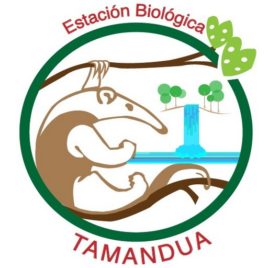Costa Rica is home to a wide variety of amphibians, with nearly 200 species, 20 of which are endemic. The fragility of the group and its susceptibility to environmental microchanges make them very vulnerable to alterations of the natural habitats they occupy. A reflection of this situation is the disappearance of the golden toad species from the cloud forests of Monteverde.
Like reptiles, amphibians are cold-blooded. Their body temperature varies depending on the ambient temperature. Most have a life cycle with two distinct phases: the hatchlings live in the water and the adults on dry land.
Frogs and toads: Characterized by their great diversity and color, frogs are the most outstanding elements of the herpetofauna of tropical forests. Toads differ from frogs structurally by the presence of glands and are generally larger, although there are small toads comparable to frogs.
Salamanders: general appearance of lizards, are distinguished by the condition of their moist skin and their life cycle.
Caecilians: no limbs, look like worms, they can spend considerable periods underground. The body is cylindrical and a few centimeters long.
At the Tamandua Biological Station you can see lots of amphibian species.


